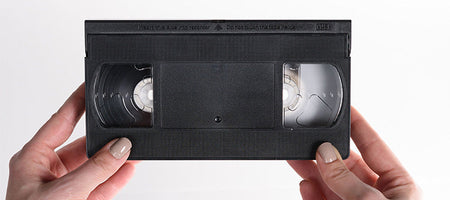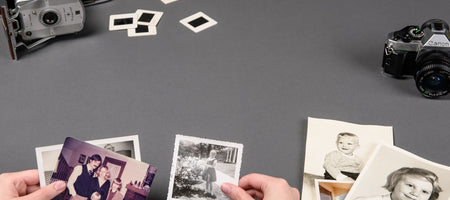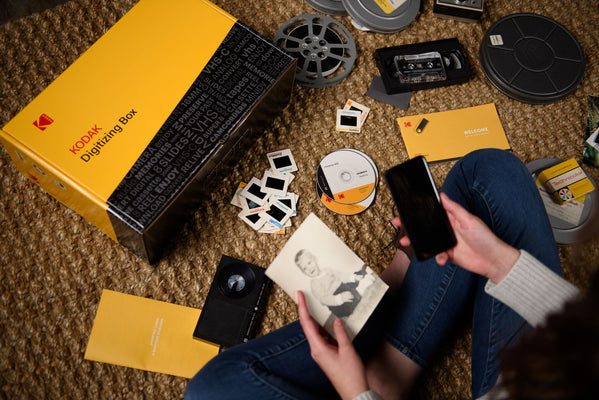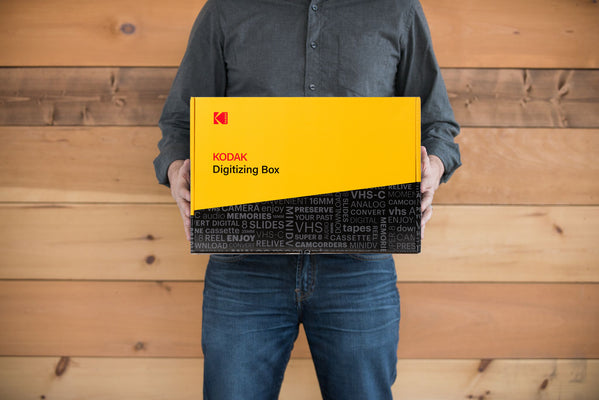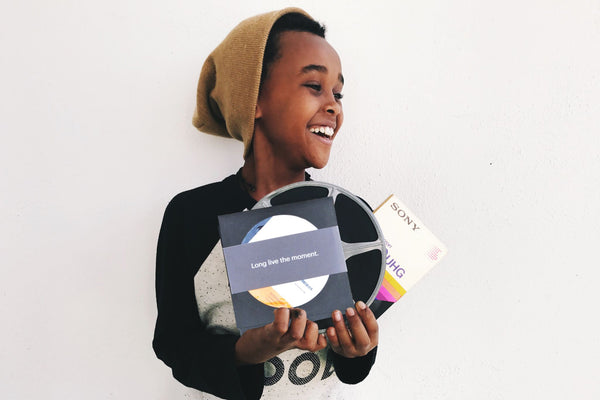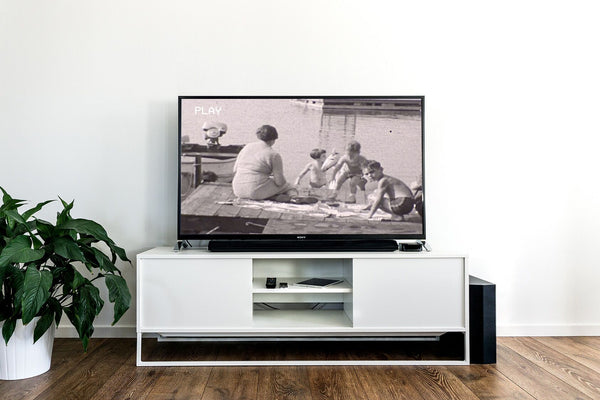Have you ever turned on ESPN Classic and tried to watch a football game from the 1970s? You’re a big Steelers fan, you might think to yourself, and what better way to spend a Saturday night alone than to hop on the television time machine and relive the glory days of that incredible ‘76 team? How long does that usually last? Five minutes? Ten? Sooner or later--usually sooner--the fuzzy picture and black bars on the side of the TV become too much to bear. So you flip it over to the Food Network and watch some chef whip up some creme fraiche in stunning HD quality.
Much Better.
What exactly causes old videos to look so bad? What is video quality anyway? Wonder no more. I’m here to answer your question completely satisfactorily:
Video quality is the quality of the video. Boom.
In all seriousness, video quality is kind of complicated, and it’s comprised of a couple of different things. The first part is resolution and the other is frame rate. Each works in conjunction with one another to create the cinema experience that you see on your TV every day. Here’s what they mean.
Resolution // Picture Quality
Picture quality, also known as resolution, is how the actual image on your TV looks. Resolution is measured in units called pixels, which are basically tiny little squares of color that stack up next to each other to create an image. More pixels means a clearer image. Older video cameras and television broadcasts could only film and transmit picture in limited pixels, which is why that old Steelers game looks so grainy. The cameras couldn’t capture better quality, the airwaves couldn’t broadcast it, and the TVs couldn’t show it even if they wanted to.
If you’re shopping for a TV and you’re wondering how to shop for the best picture quality, the best thing to do is just go with the biggest number. Seriously. It’s that easy.
In case you’re curious, those old VHS tapes and TV broadcasts that are so blurry are what’s called 480p. That means the TV was 480 pixels tall and 740 pixels across. Next comes 720p, 1080p, 2k, and 4k. All of those numbers just tell you how many pixels tall a TV is. That’s why the higher numbers gets you a clearer picture. The more pixels there are, the more brilliance you can get, the more contrast you can get, and the more details that those tiny morsels of color can render.
Frame Rate // Hertz
Frame rate is a little bit more complicated. To understand frame rate, you have to think about what videos actually are: a bunch of different static images shown in rapid succession of one another to create the illusion of movement. Since the human brain is amazing, when it sees consecutive images in that way, it connects them together in a neat little timeframe to make it look like the pictures aren’t separate pictures, but rather one moving image.
The lowest possible frame rate required for the human brain to register movement is around 16 frames per second (FPS). That means you need 16 images every second for your noggin to imply that the pictures go together to make a video. Otherwise it’ll just see a series of pictures.
VHS tapes are around 24-30 FPS, and some computer monitors can display a mind-numbing 240 FPS. Frames per second is a bit of a double-edged sword. Too many FPS, and videos will look fake and too smooth. Too few, and things will look too choppy. The sweet spot is right around 30-40 FPS.
Frame rate--also called hertz when you’re looking at TV specs--is much less important to its overall video quality. Unless you’re a professional video gamer, Hertz or FPS won’t make a very big difference in your overall home video viewing experience.


